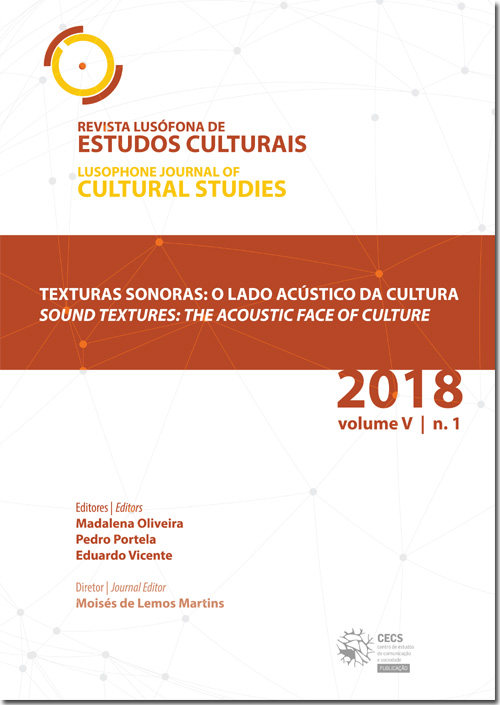DJ Dolores: experimentation, difference and memory of the electronic music
DOI:
https://doi.org/10.21814/rlec.303Keywords:
DJ Dolores, electronic music, memory, samplingAbstract
DJ Dolores’ artistic path (codenamed Helder Aragão) arises during the manguebeat movement in the 1990s, in Recife, the capital of Pernambuco state, in northeastern Brazil. In addition to working with multimedia production, in music his work consists of experimental albums of electronic music and also soundtracks for films, theatre play and dance performances. This article analyzes the cultural diversity and mixtures organized by the DJ, which shift the boundaries of hegemonic musical genres articulated by the phonographic industry. Rather, Dolores values underground texts in the memory of media pop music, such as regional traditions rhythms (embolada, coco, maracatu and frevo). As of the hybridisms present on the albums Contraditório? (2002) and Frevotron (2015), respectively first and last discs, otherness and difference policies are identified on the musical language as well as cultural texts and memory, the symbiosis between, on one hand, DJ and technology, and, on the other, tradition and acoustic instrumentation. On the first album, Dolores plays with the Orchestra Santa Massa, which brings together instruments such as rabeca, percussion, wind instruments, electric guitar and the Isaar França’s voice. On the last one, the DJ plays with Maestro Spok, frevo saxophonist, one percussionist and a guitarist.
Downloads
Downloads
Published
How to Cite
Issue
Section
License
Authors own the copyright, providing the journal with the right of first publication. The work is licensed under a Creative Commons - Atribuição 4.0 Internacional License.












